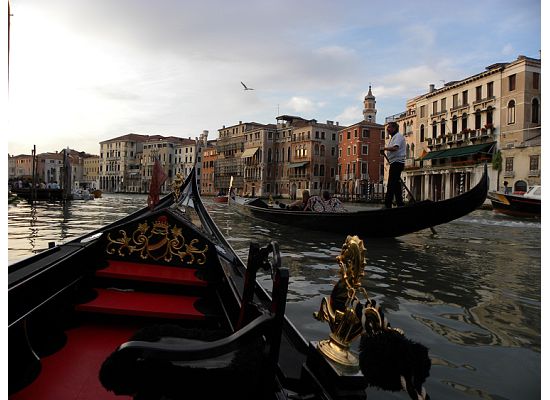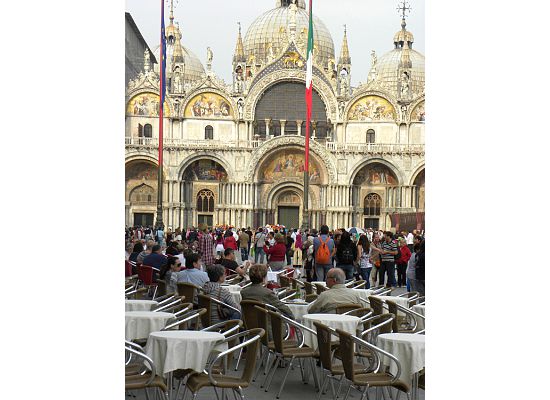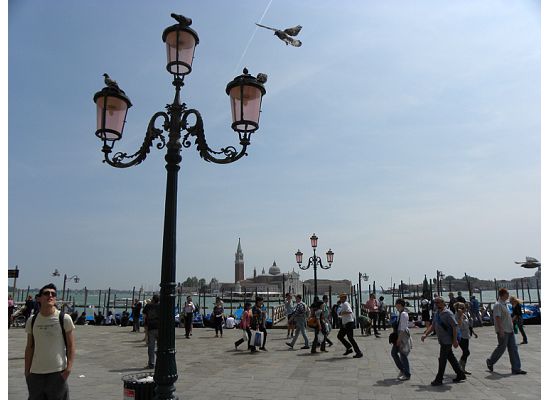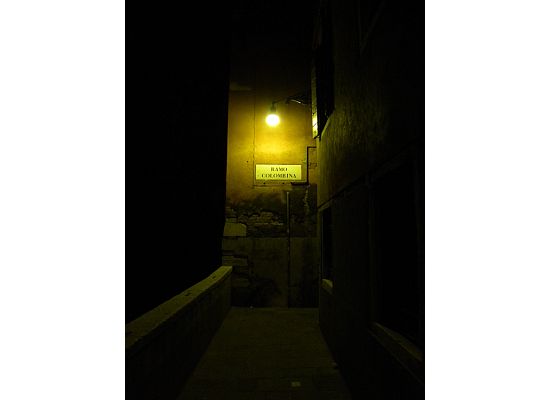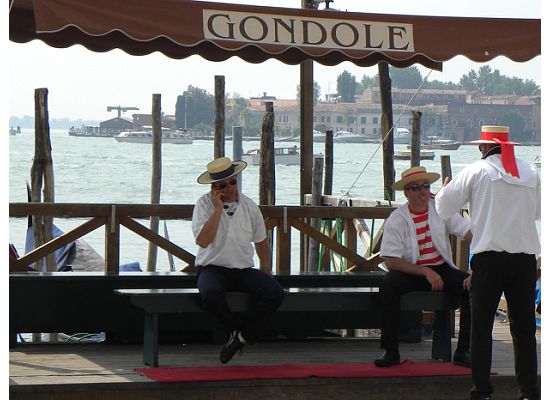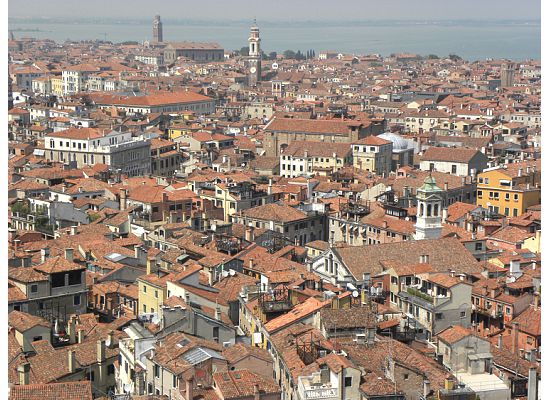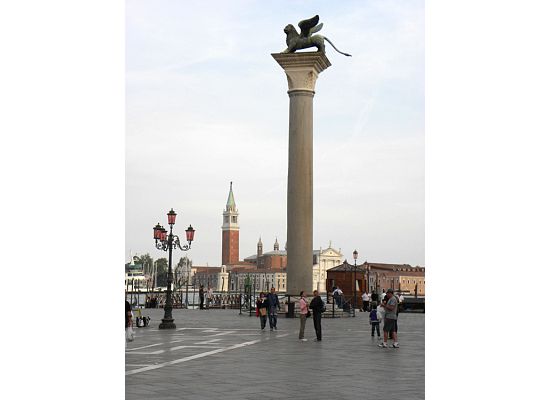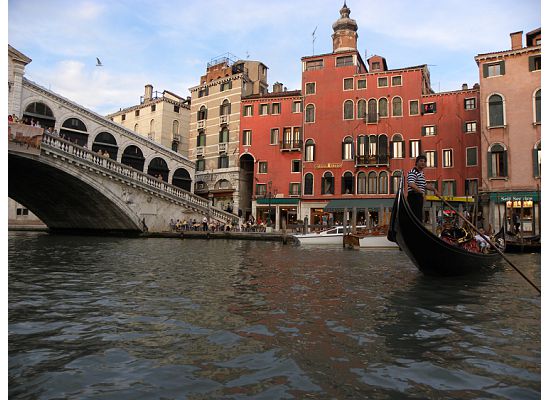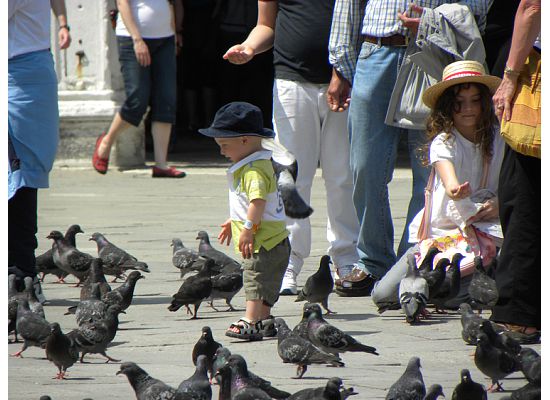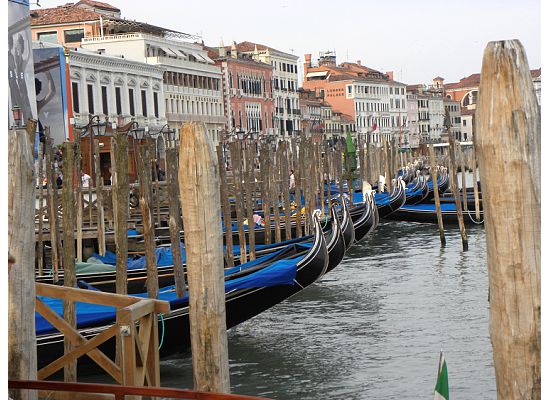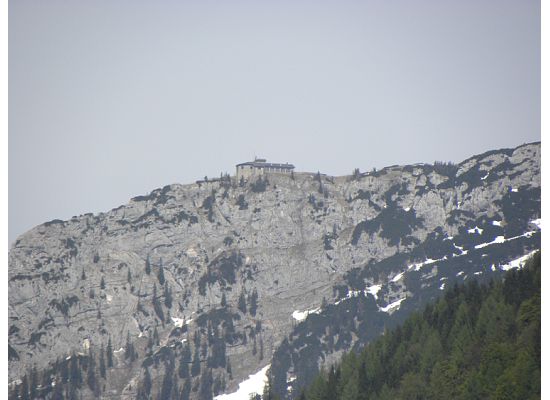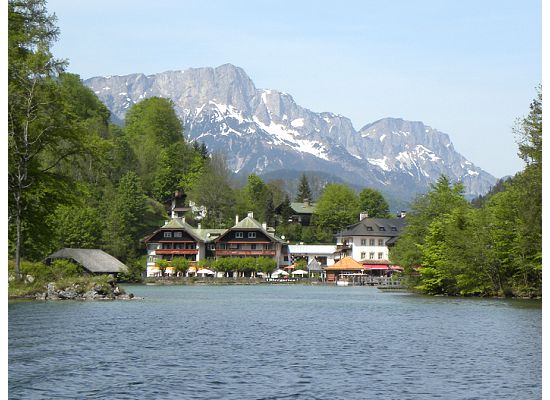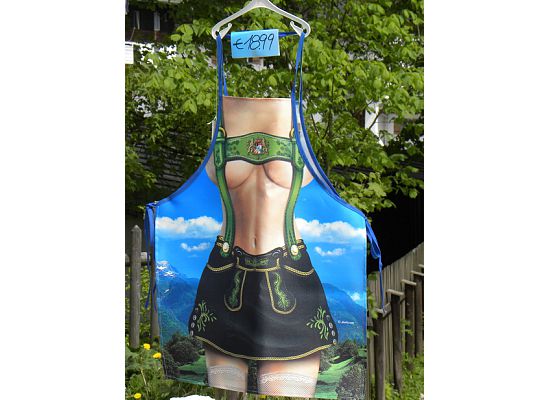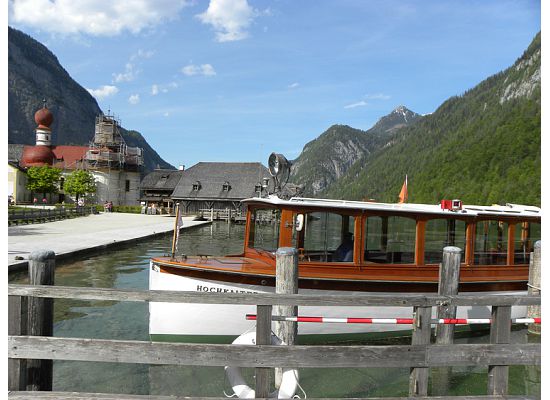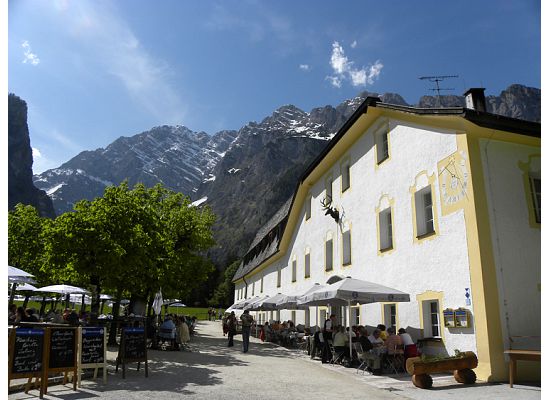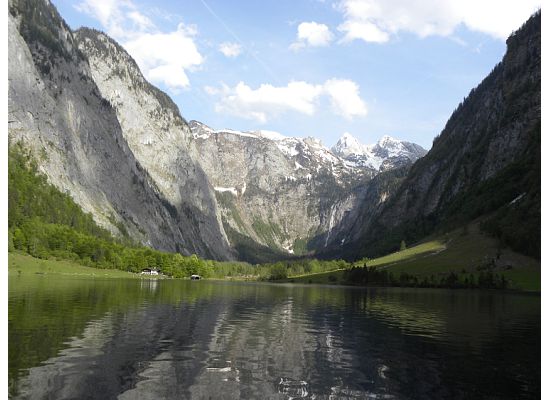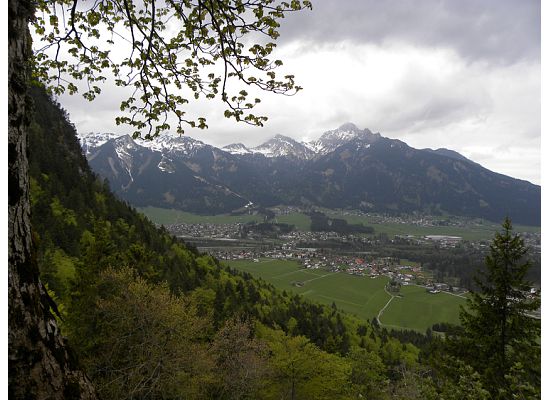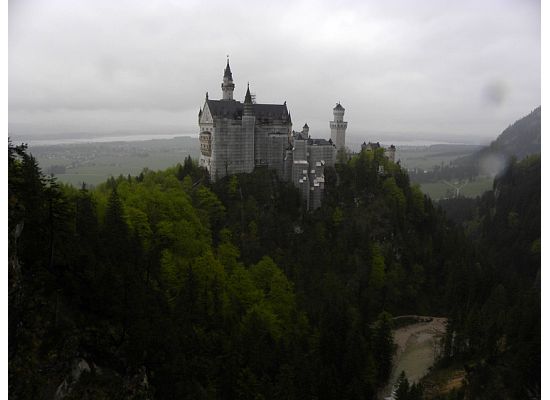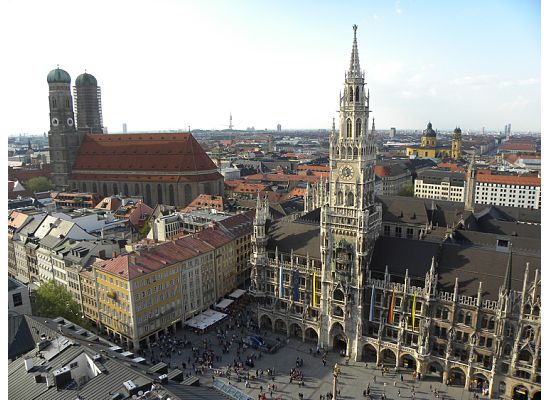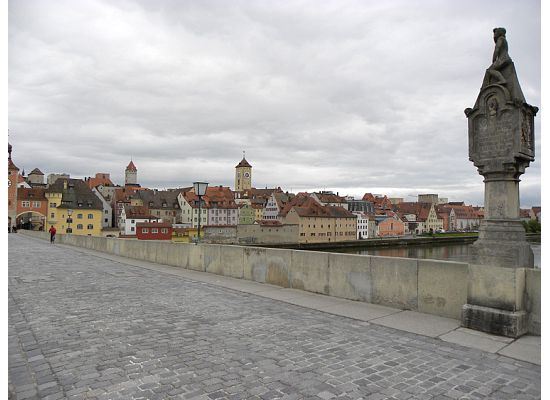Venice, Italy
Wednesday, May 27th, 2009May 27, 2009 – Every corner of Venice is another painting. Three days we walked the city, usually getting lost. Tons of alleys, little bridges over canals, squares with churches. The detail is everywhere and the beauty of Venice is that it hasn’t changed with time. You have to see the main sites (St. Marks’ Basilica, Piazza St. Mark, Doge’s Palace, Campanile, Rialto bridge) but much of the attraction is to just walk around and explore. The city is deceivingly large – in 3 days I would guess we saw 10% of the city, and that’s not including the other islands like Lido and Murano.
———————————————————————————————————————————
Venice: (very) brief history and interesting facts;
————————————————————————————————————————————
Most impressive sites – Doge’s Palace was for us the more impressive. So many huge rooms with beautiful artwork. Best museum I’ve ever been to. St. Mark’s Basilica was also very impressive. The visit to the Basilica is free but you have to pay to see the museum within it – the most impressive thing here are the 4 bronze horses which are said to have been made between the 2nd and 4th century BC. Overall not as spectacular as Doge’s Palace though. The tower (the Campanile) had great views over the city and I recommend it as well. We went to the Correr museum but breezed through it -maybe we’ve just seen too much art. We saw the Rialto Bridge and the 10 million tourists hanging off it. I can appreciate the history but honestly didn’t do too much for us. We took a gondola ride which one has to do if visiting Venice – was fun but expensive (100 euros for 40 min – but heh, we’ll probably never be back).
On thing we really enjoyed were all the little bars, restaurants, and gellato stands. Eating in Italy was a joy; unhurried we would start with a couple of glasses of Prosecco (Sparkling wine), have appetizers, go on to a litre of house wine, have a pasta dish. Finish with desserts and coffee, with a glass of grappa. Italy is the good life when it comes to eating.
We also appreciated the Italians who, despite the HORDES of tourists in Venice, are still friendly and helpful. They’ve made us want to see other places in Italy sometime in the future.
———–
We stayed at the Casa del Melograno Locanda, right next to the Casino. Pretty hotel right on a canal with a large garden where we were served breakfast in the morning. This hotel could have been a 4 1/2 out of 5 if it wasn’t for a few things; the double bed in our room was very small, the AC was not functional and we had to sleep with the windows open – which meant that we heard all the sounds from the outside (which were substantial, especially on the Saturday night). Our room, room 5, was also just above the entrance to the garden which seemed to be a favorite smoking hangout. The first night we had continual cigarette smoke coming into the room. All little things that added up to a few bad nights sleep. Our experience was a 3 out of 5 – but if you stay in another room you may have a much better experience.
The owner was a young guy with a beautiful dog that would greet us whenever we walked in. Nice guy, gave us a good restaurant recommendation; Restaurant Poggi, 100 meters up the main road from the Casino. Excellent food.
Summary: we really enjoyed Venice and both agreed 3 days was good. More than that and we would have tourist overload. A highlight for me so far on this trip.

